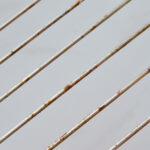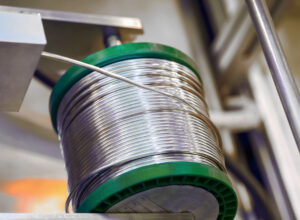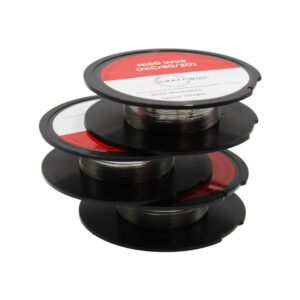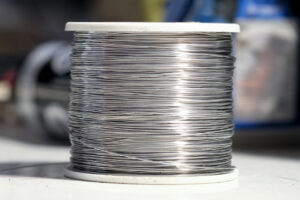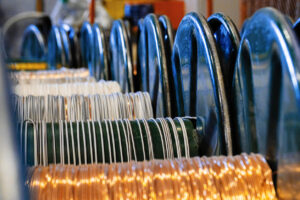Nichrome, a high-temperature resistant alloy, primarily consists of nickel (Ni) and chromium (Cr), with Ni60 being one of its popular variants.
This alloy is known for its superior strength, durability, and excellent resistance to oxidation, even at high temperatures. And we at The Crazy Wire Company are known specialists.
The Ni60 variant, in particular, offers a balanced composition that makes it highly suitable for a wide range of industrial and commercial applications.
Ni60 Nichrome: A Unique Blend of Properties
The unique properties of Ni60 Nichrome wire make it stand out. Having a high melting point, it is ideal for applications that require sustained exposure to high temperatures. Moreover, it is resistant to corrosion and oxidation, ensuring longevity and reliability under harsh conditions. Ni60 Nichrome also exhibits a stable electrical resistance, which is crucial in applications requiring consistent current flow.
Applications: Where Ni60 Nichrome Makes a Difference
The Ni60 Nichrome flat wire finds its utility in various sectors. As a result of its stable resistance at high temperatures, it is primarily used in electrical heating elements. As a result, it is a popular choice for heaters, toasters, hair dryers, and industrial furnaces.
Ni60 Nichrome is used in laboratory equipment, in the manufacture of certain types of electronic components, and in aerospace engineering applications requiring high-temperature stability.
Additionally, it is used in the art world for pyrotechnics and ceramic creation, demonstrating its versatility across different creative and industrial fields.
Advantages: Why Choose Ni60 Nichrome
Choosing Ni60 Nichrome comes with a plethora of advantages:
- High-Temperature Performance: Maintains integrity and performance at elevated temperatures.
- Resistance to Oxidation and Corrosion: Ensures durability in various environmental conditions.
- Consistent Electrical Resistance: Vital for applications requiring stable electrical currents.
- Flexibility in Applications: From industrial heaters to intricate electronic components, its range of uses is vast.
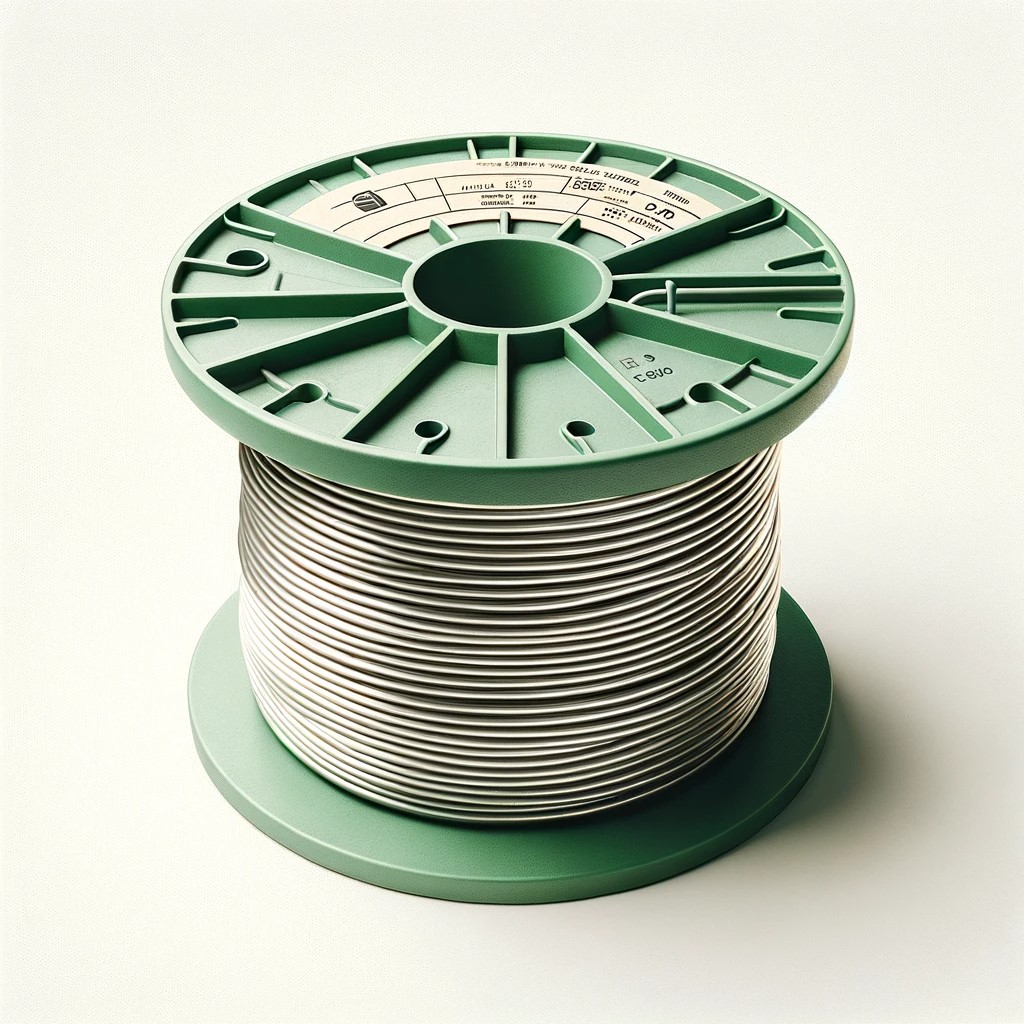
Ni60 Nichrome Flat Wire: Technical Specifications
19 AWG Ni60 Flat Wire (1.15mm x 0.56mm)
- Specifications: This size offers a robust cross-sectional area, making it ideal for high-power applications.
- Applications: Suited for industrial heating elements, kilns, and high-temperature laboratory equipment due to its larger size and higher current capacity.
20 AWG Ni60 Flat Wire (1.03mm x 0.5mm)
- Specifications: Thick and sturdy, this wire is designed for demanding applications.
- Applications: Used in high-end heating applications, large industrial heaters, and in environments requiring sustained high temperatures.
21 AWG Ni60 Flat Wire (0.91mm x 0.45mm)
- Specifications: Offers a good mix of electrical resistance and physical strength.
- Applications: Ideal for general-purpose heating elements and resistance coils in various appliances.
22 AWG Ni60 Flat Wire (0.81mm x 0.4mm)
- Specifications: Balances flexibility with durability, offering a versatile choice.
- Applications: Commonly used in medium-scale heaters, toasters, and small industrial equipment.
25 AWG Ni60 Flat Wire (0.68mm x 0.27mm)
- Specifications: Smaller and more flexible, this wire is ideal for precise applications.
- Applications: Perfect for intricate heating elements in electronic appliances and fine wire mesh production.
These wire sizes have unique characteristics that make them suitable for a range of applications, from delicate electronic components to robust industrial machinery. Choosing the right wire gauge depends on the application’s temperature resistance, flexibility, and electrical conductivity requirements.
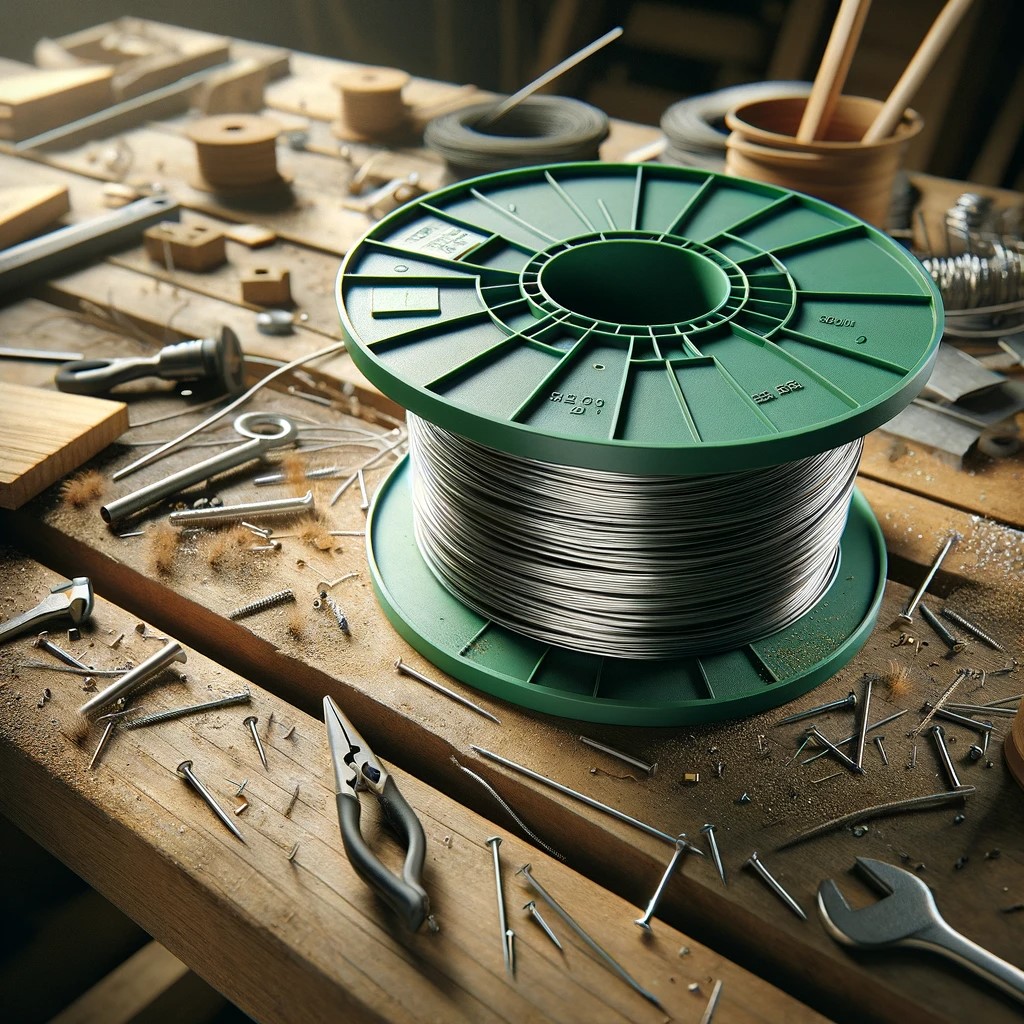
Manufacturing Process of Ni60 Nichrome Flat Wire
Raw Materials
- Nickel and Chromium: Ni60 Nichrome wire is primarily made from nickel and chromium. Nickel offers corrosion resistance and strength, while chromium provides high-temperature stability and resistance to oxidation.
- Other Elements: Small quantities of other elements like iron may be added to enhance specific properties.
Melting and Alloying
- Combining Elements: The raw materials are melted together at high temperatures. This process ensures a homogenous mixture of nickel and chromium, forming the Nichrome alloy.
- Quality Control: The alloy’s composition is carefully monitored to maintain specific ratios, crucial for achieving desired properties.
Wire Drawing
- Forming Wires: The molten Nichrome alloy is cooled and then drawn through a series of dies to form thin wires. This process, called wire drawing, reduces the diameter of the wire to the desired size.
- Strength Enhancement: Drawing also enhances the wire’s strength through work hardening.
Flattening Process
- Achieving Flat Shape: The drawn wires are then passed through rollers to flatten them. This step is meticulously controlled to achieve the precise thickness and width required for each specification.
- Final Treatment: The flattened wire may undergo additional treatments like annealing to improve ductility and remove internal stresses.
Electrical Properties and Ohms per Meter Calculation
Conductivity and Resistance
- Ni60 Nichrome Characteristics: Known for its high electrical resistance and moderate conductivity, Ni60 Nichrome is ideal for applications where controlled heating is necessary.
- Stable Resistance: Its resistance remains relatively stable over a wide temperature range, making it suitable for precision heating elements.
Calculating Ohms per Meter
- Understand the Formula: The resistance (R) of a wire is calculated using the formula R = ρ * (L / A), where ρ is the resistivity of the material, L is the length of the wire, and A is the cross-sectional area.
- Measure the Wire: Determine the length (in meters) and the cross-sectional area (in square meters) of the wire.
- Apply the Formula: Use the specific resistivity value of Ni60 Nichrome and the measurements of your wire to calculate the resistance per meter.
- Example Calculation: For a specific wire size, plug in the length and area into the formula to get the resistance in ohms per meter.
Applications and Considerations
Applications by Wire Size
- 19 AWG (1.15mm x 0.56mm): Ideal for high-power industrial heaters, kilns, and high-temperature lab equipment.
- 25 AWG (0.68mm x 0.27mm): Suited for intricate heating elements in small appliances and fine wire meshes.
- 22 AWG (0.81mm x 0.4mm): Versatile for medium-scale heaters and various industrial tools.
- 21 AWG (0.91mm x 0.45mm): Common in general-purpose heating elements and consumer electronics.
- 20 AWG (1.03mm x 0.5mm): Used in demanding environments like large industrial heaters.
Selection Considerations
- Temperature Resistance: Essential for high-temperature applications.
- Environmental Factors: Consideration for corrosion resistance in different environments.
- Electrical Requirements: Matching wire resistance to the specific electrical needs of the application.
- Physical Strength: Required strength for the intended mechanical stress.
This article explores Ni60 Nichrome flat wire’s diverse specifications, manufacturing process, and method for calculating its electrical resistance. Every wire gauge has its own set of applications, from delicate electronic components to robust industrial machinery.
Consider factors such as temperature resistance, environmental conditions, electrical needs, and mechanical strength when choosing Ni60 Nichrome wire.
We offer also a massive range of stainless steel wire and nichrome wire through our store. Choose the wire that you want to work with and we’ll get spooling.
If you’re interesting in learning more about wire, check out our other blog on Everything You Need to Know About Wires.
We are also proud to supply this product on our highly popular eBay store, check us out there too.
Thank you for checking out our site.
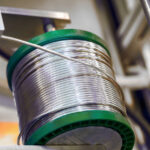
Nichrome Wire Safety: Top Tips for Working Safely
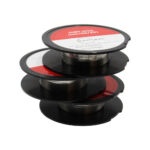
Best Wire for Electronics Projects
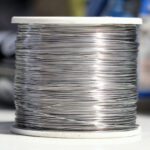
Is Ni80 Wire Suitable for DIY Heating Elements

Wire Grades Explained
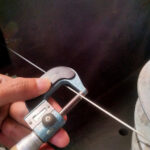
How Wire Diameter Affects Strength and Flexibility
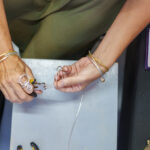
How to Cut and Shape Wire for Custom Applications

Can Wire Be Used in 3D Printing?
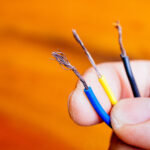
How Wire Composition Affects Conductivity
